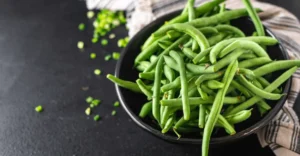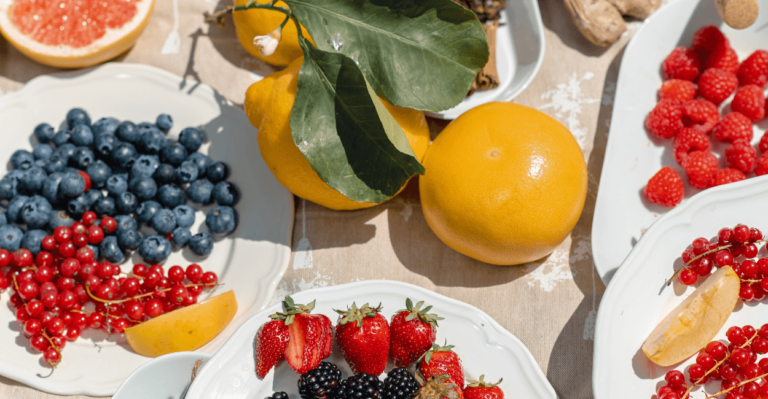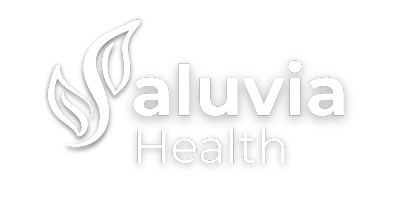
Summer is the perfect time to enjoy fresh, seasonal produce — not only for the amazing flavors, but also because it’s often more nutritious when it hasn’t traveled far. “You get a lot more local, fresh produce in the summer,” says Shelly Wegman, a registered dietitian with UNC Rex Nutrition Services.
She encourages checking out local farmers markets or CSA boxes to get the best of what’s in season. And if you can’t finish everything in time, freeze it. “Roasting and freezing extra summer vegetables means you’ll have them at their peak even later,” Wegman says.
Grace Derocha, another registered dietitian, points out that many of these veggies are also easy to grow yourself, which makes them even fresher. “There’s something really beautiful about picking your own food right outside,” she says.
Here are the top summer vegetables dietitians recommend.
🍅 Tomatoes
Whether you treat them as a fruit or vegetable, tomatoes shine in the summer. They’re loaded with vitamin C, potassium, and lycopene, a powerful antioxidant that supports heart and eye health. “Vitamin C also helps you absorb iron better,” Wegman says, so pairing a tomato salad with beans or meat can be extra beneficial.
One medium tomato has only 22 calories and about 5 grams of sugar, making it a light, nutritious choice.
🥗 Arugula
This leafy green is actually a cruciferous vegetable, in the same family as broccoli. It’s a bit peppery, but packs a punch of fiber, vitamins K, C, A, folate, magnesium, and antioxidants.
Arugula is also rich in natural nitrates, which the body turns into nitric oxide. This short-lived molecule relaxes blood vessels, helping lower blood pressure and prevent clots and inflammation.
🥒 Cucumbers
Cucumbers are hydration superstars. “They’re full of water,” Derocha says, which makes them perfect for hot summer days. But they’re not just water — they also deliver vitamin K, potassium, magnesium, and a bit of fiber.
❤️ Beets
Beets support heart health and blood pressure, like arugula, and are rich in fiber, vitamin C, calcium, iron, magnesium, and potassium. They even add a small amount of protein. Their vibrant color also signals powerful plant compounds.
🍆 Eggplant
Eggplants are loaded with polyphenols, including anthocyanins, which give them that gorgeous purple hue and act as antioxidants to protect cells. They also contain potassium, folate, and manganese, a mineral key for processing carbs, cholesterol, and amino acids — and even for wound healing.
🌽 Corn
While corn is technically a starchy vegetable, it’s still packed with good stuff: fiber, B vitamins, lutein, and zeaxanthin, antioxidants that are great for your eyes.
A medium ear has around 75 calories and 17 grams of carbs, and it’s naturally gluten-free, making it a safe starch option for those who need it.
🌶 Bell Peppers
Bell peppers are crunchy, colorful, and loaded with vitamin C. Just one serving of red bell pepper covers your whole day’s needs for immune and skin health. They also bring vitamin A, fiber, and other antioxidants.
“The different colors offer different phytonutrients,” Derocha says, so mix them up for a nutrient boost. Bell peppers are also one of the easiest veggies to grow yourself.
🍄 Mushrooms
While different mushrooms have slightly different nutrients, they’re generally good sources of beta-glucan, a type of fiber that can help with cholesterol. Interestingly, Wegman notes that some mushrooms also have anti-fungal properties.
🥒 Zucchini
Both zucchini and yellow squash are non-starchy, very low-calorie veggies (around 20 calories per cup) that are about 90% water, so they hydrate while delivering vitamin C, potassium, manganese, plus lutein and zeaxanthin for eye health.
🌿 Basil
Summer is prime time for fresh herbs, and basil stands out for its anti-inflammatory salicylates (the same compounds that led to aspirin). It’s also a source of vitamin K and antioxidants, with benefits for blood sugar, cholesterol, blood vessels, immune health, and even cognition.
🫘 Green Beans
Green beans are easy to find, versatile, and don’t take much space if you grow them. They’re a non-starchy vegetable rich in fiber, folate, vitamin C, vitamin A, and essential minerals like manganese, calcium, iron, magnesium, phosphorus, and potassium.
Want to make the most of fresh green beans? Check out our guide on how to freeze green beans so they stay fresh for up to a year — it’s the best way to enjoy them long after summer ends.
🌞 Bottom line
Take advantage of the season to load up on these healthy summer vegetables. They’re not just delicious and fresh — they deliver a powerhouse of nutrients that keep you feeling your best all summer (and beyond, if you freeze them!).








